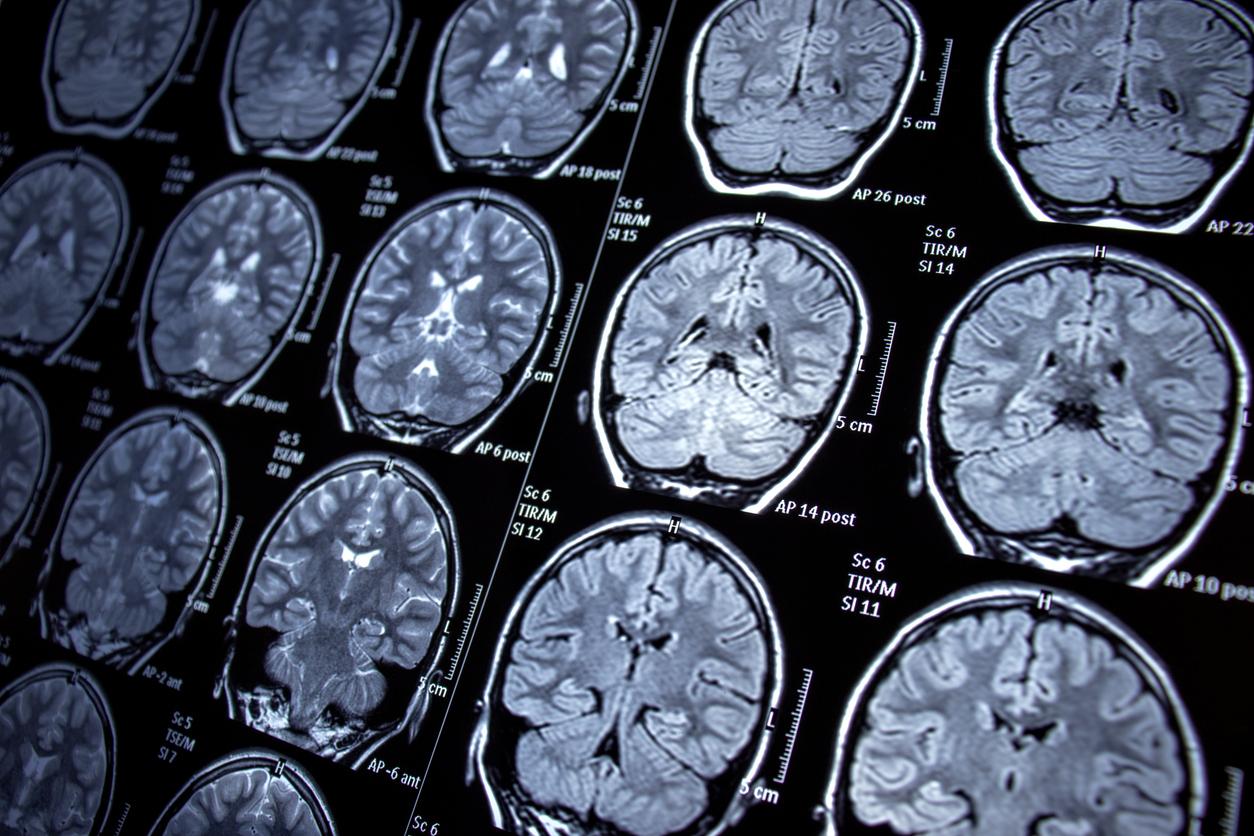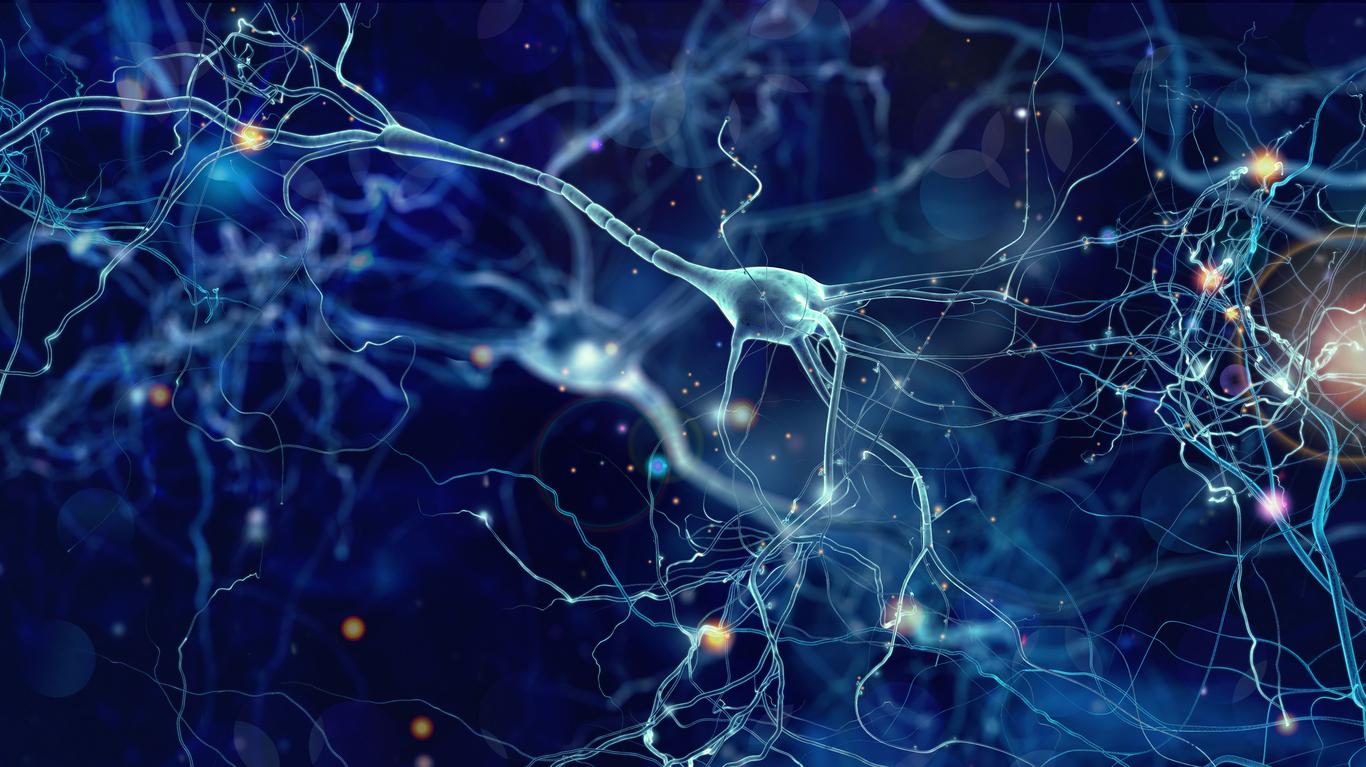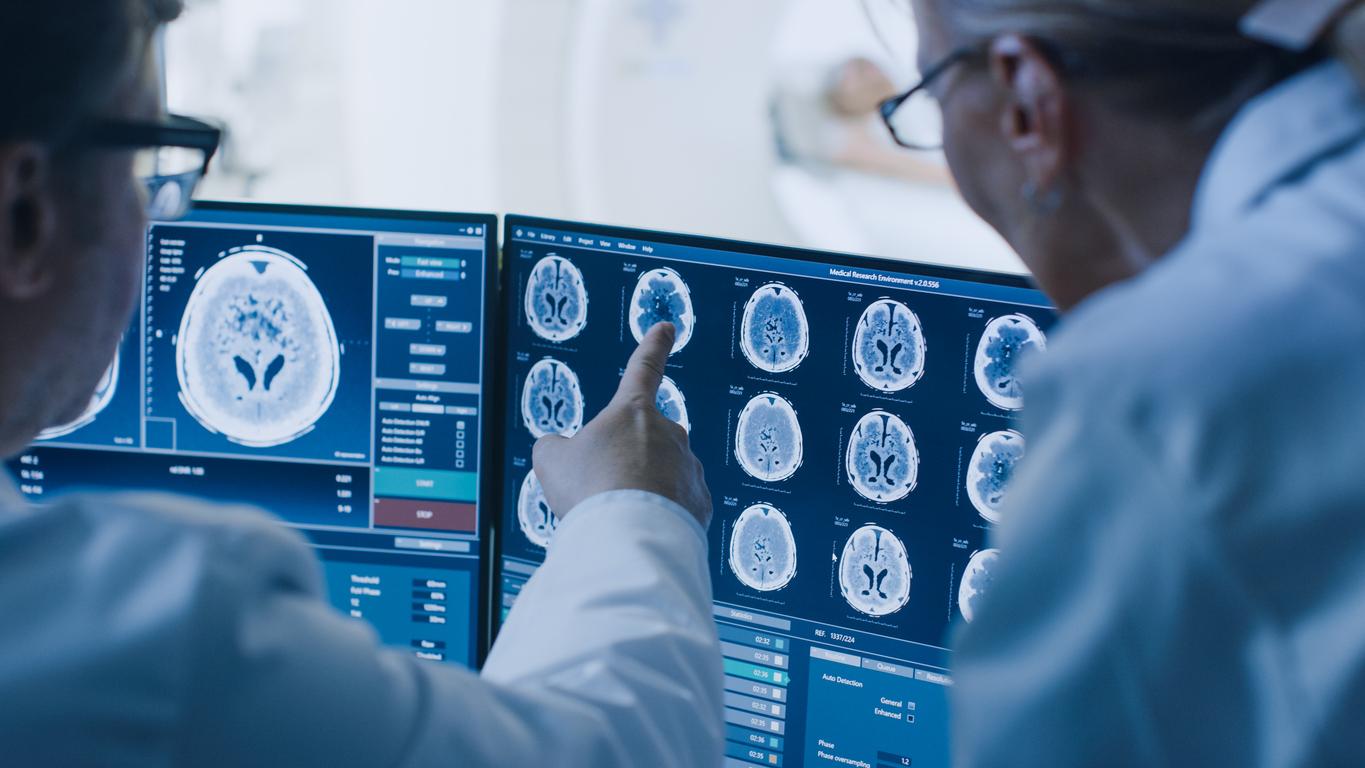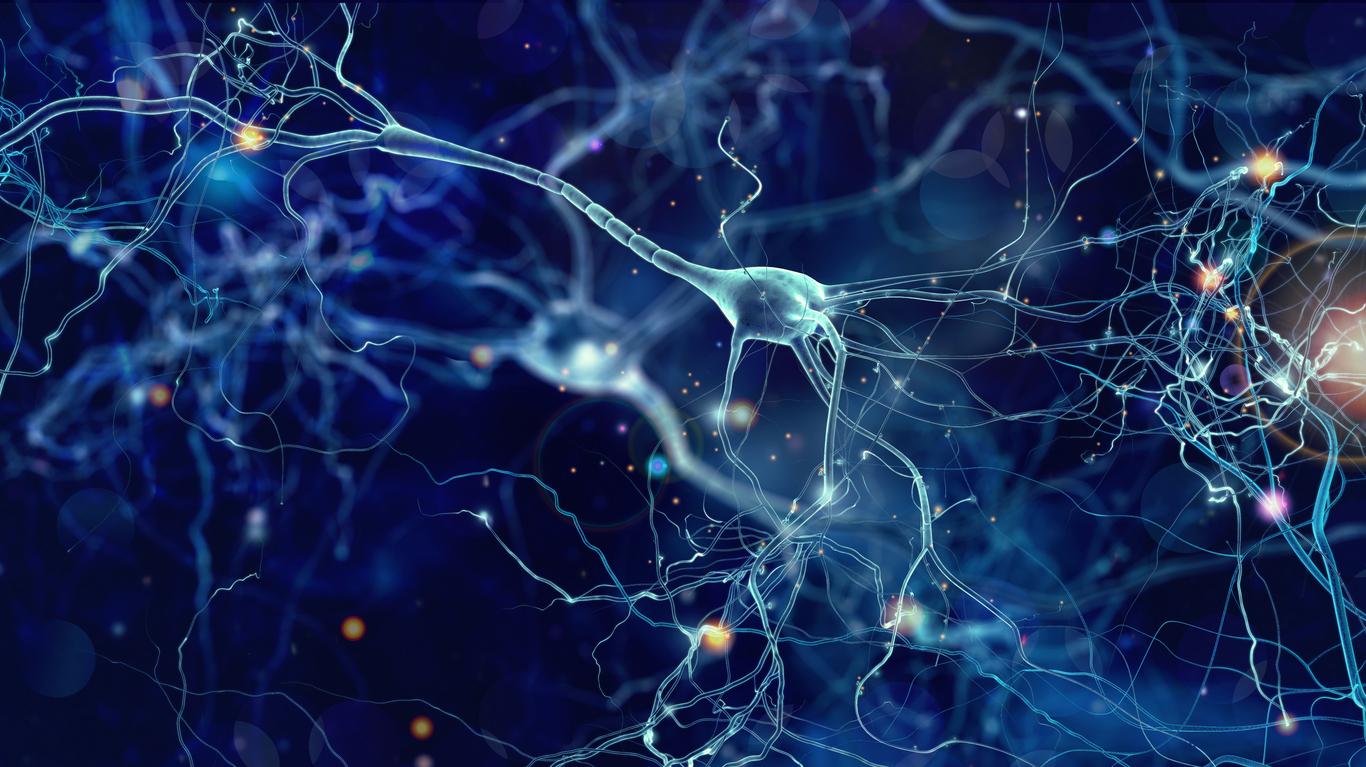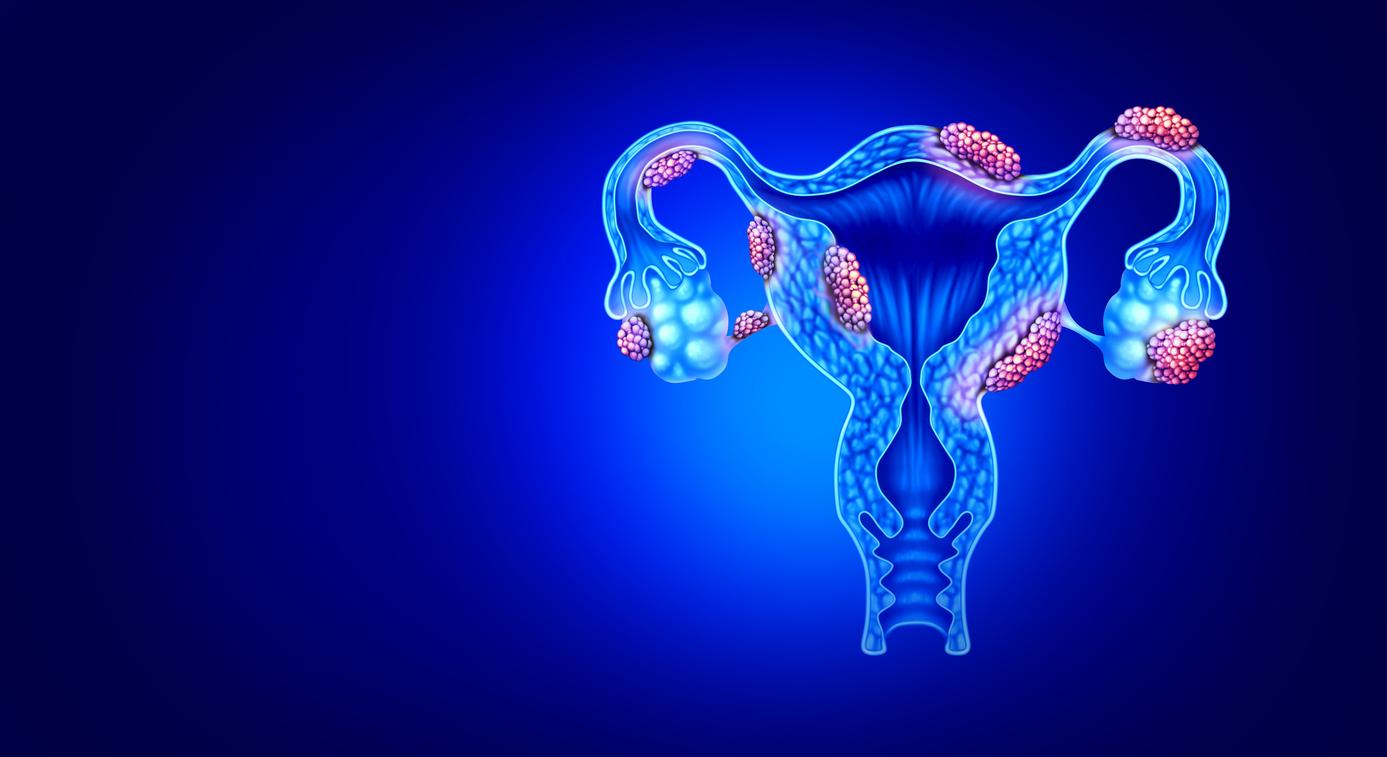Alzheimer’s, Parkinson’s, stroke or even of epilepsy are diseases of the nervous system that lead to the death of neurons. Until now, we did not know what to do with these lost neurons. But researchers from Inserm, CNRS and Université Claude Bernard Lyon 1 and King’s College London may have found a way to use it again. They publish a study in the journal Cell Stem Cell.
Losing these neurons necessarily leads to a loss of capacity in the patient. That’s why scientists are looking to regenerate them to “correct the functional disorders associated with the loss of these cells”, explains the press release. published by Inserm. In this study, they used mice with mesiotemporal epilepsy to achieve this. This form of the disease is particularly interesting to study because it is the most difficult to treat with medication.it is “the most common form of drug-resistant epilepsy in humans”, emphasizes Inserm.
Epileptic seizures have been halved
The researchers used a method of direct cell reprogramming. What is it about ? This “consists of” reprogramming “the identity of certain non-neuronal cells (the glial cells of the brain which surround the neurons) present within the diseased brain itself to transform them into neurons.
Initially, they identified genes allowing these glial cells to be transformed into inhibitory neurons, in order to restore neuronal activity. Then, by “forcing the expression of these genes, they were able to reprogram the identity of the glial cells to turn them into so-called “induced neurons”, whose properties are comparable to those that disappeared in the disease”.
Afterwards, these neurons were inserted into the brain of mice at the heart of the epileptic focus, via surgery using deactivated viruses. Result: in a few weeks, the vast majority of those glial cells that had received the genes had transformed into new neurons.
In sum, the new neurons were born well and showed molecular characteristics similar to those of neurons that had been lost due to the disease. The latter fulfilled their role and inhibited the neighboring neurons which were responsible for the seizures. The mice thus saw their epileptic episodes halved.
Reproducing this technique in humans will take time, but a new therapeutic avenue may have been found to fight against epilepsy.
Source : Reprogramming reactive glia into interneurons reduces chronic seizure activity in a mouse model of mesial temporal lobe epilepsy, Inserm, Cell Stem CellSeptember 29, 2021.
Read also:
- Can a Mozart sonata help against epilepsy?
- The biological clock may play a role in epileptic seizures










